
Ugandan funerals almost always include drumming, dancing and feasting. Almost always. When someone commits suicide, burial customs and death traditions change drastically. This article explores first the concept of good death by the Lugbara peoples. Thereafter, we focus on the Baganda people and their intricate customs of suicide grief. From renaming children, to destroying houses and moving out of the village, the Baganda will go to great lengths to stop the vengeful spirit of the deceased. The last part of the article on Ugandan death practices, discusses the funerals of twins among various ethnic groups.
The Lugbara are a Nilotic ethnic group mostly residing in Uganda. Although they do not practice particularly elaborate or lavish rituals for birth or marriages, they do so for one’s death. Interestingly, they often perceive death as a result of interference from spirits outside the community. Therefore, the Lugbara often see death as the enemy – not only for the deceased but for their whole community. As a result, they are following certain death customs in order to protect themselves from it. Nothing describes that better than the Lugbara notion of a good death.
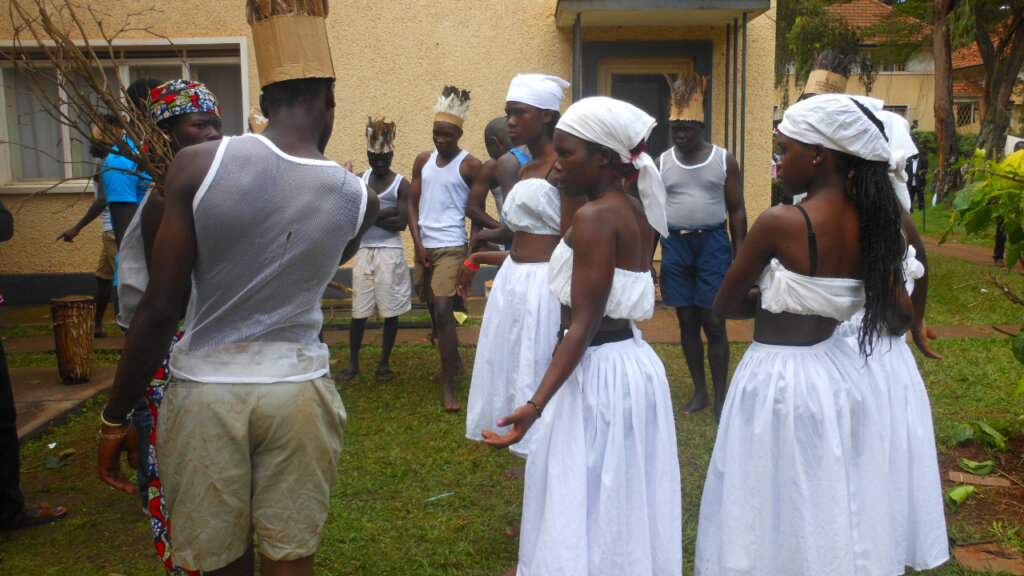
For the Lugbara people any death has to meet specific criteria in order to be a good one. These criteria are present during the process of dying, the actual event of death and the postmortem rituals.
The process of dying refers to where and how the person spends their final days or moments. For example, it is always preferred that the dying Lugbara is in their own hut surrounded by their close loved ones.
Ideally, the person has settled all affairs, including lineage disputes, and they are not in pain for their final moments. In addition to that, a good death should happen on the correct – so to speak – time. In most cases the Lugbara will have expectations regarding when exactly the person will pass away. A good death follows these expectations as closely as possible so that everyone can return to their everyday routine. Finally, a Lugbara community has the duty to perform rituals for their deceased. This way the spirit of the dead can peacefully move on, while the village remains under protection from evil spirits.
A death can go bad if the Lugbara do not properly follow the protocol in any of these stages. For instance, dying unexpectedly or away from home confuses one’s spirit. The same applies in case postmortem rituals do not take place.
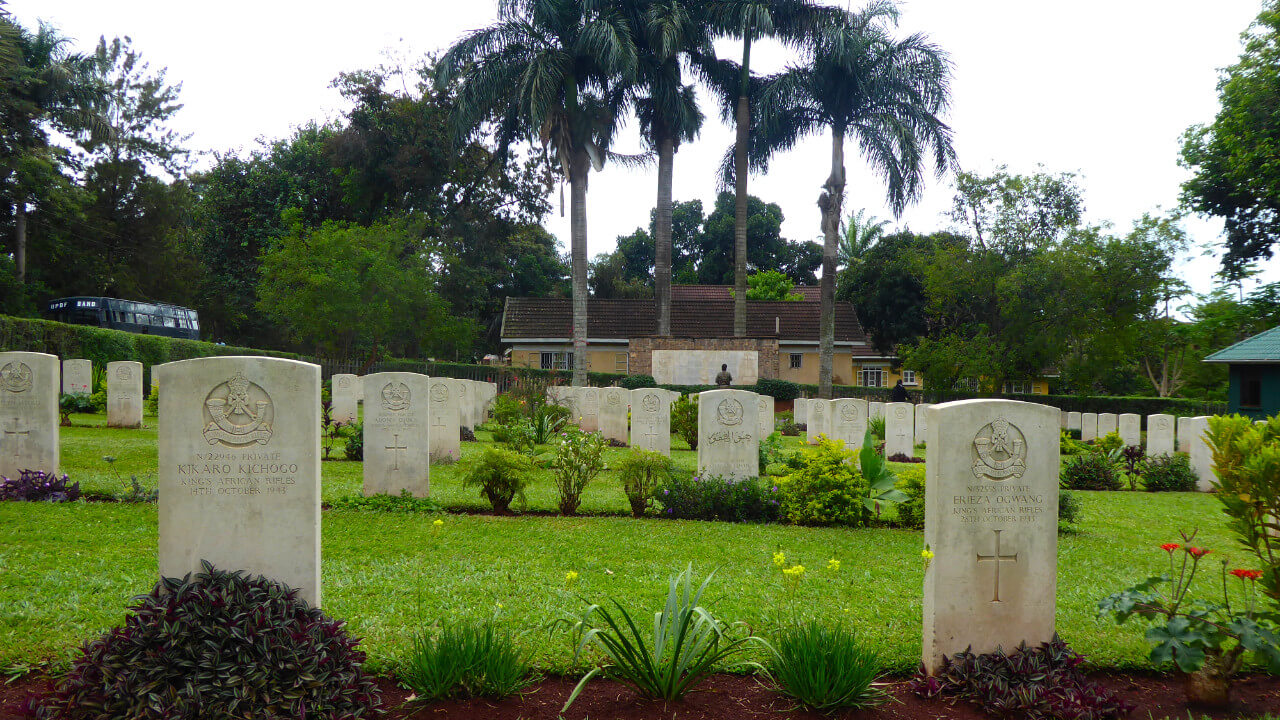
Although Lugbara funeral customs are fascinating, they only represent a relatively small part of the Ugandan population. On the contrary, Bantu customs are even more present. We are next focusing on the Baganda people, a Bantu group that constitutes over 17% of the Ugandan population. The Baganda are the largest ethnic group in Uganda and most are usually very religious. Their traditions and faith support the idea of life after death. Let’s have a look!
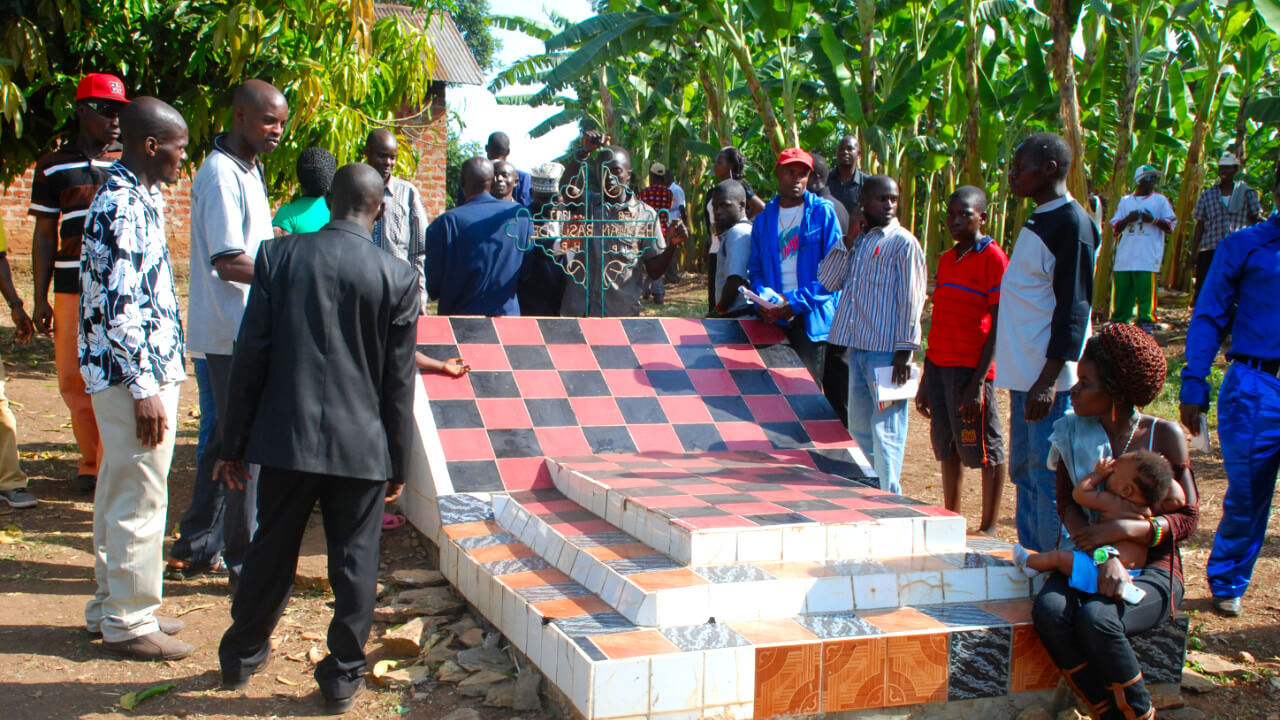
Baganda traditions accept the presence of spirits and their effect on the living. Some of these spirits include the creator (“Katonda”) as well as mountain and forest spirits. Additionally, they also include both ancient and recently dead ancestors. All these spirits have a direct effect on peoples’ fortune and health. If the Baganda do not practice certain rituals, they believe that the spirits will bring misfortune onto them. As a result they have crafted a belief system that describes relations with spirits called kiganda.
The kiganda regulates almost all religious and spiritual affairs. This, of course, includes death, dying and even grieving. For example, the kiganda describes how the relatives of the deceased may express grief and what kind of rituals they need to follow. However, in certain cases, the Kiganda also dictates how grief should not be expressed – or at least expressed differently.
Death by suicide is one of these cases that mourning takes a very different approach among the Baganda. Although the rules of the Kiganda are not written, every member of the community knows better than to openly grief someone after they committed suicide.
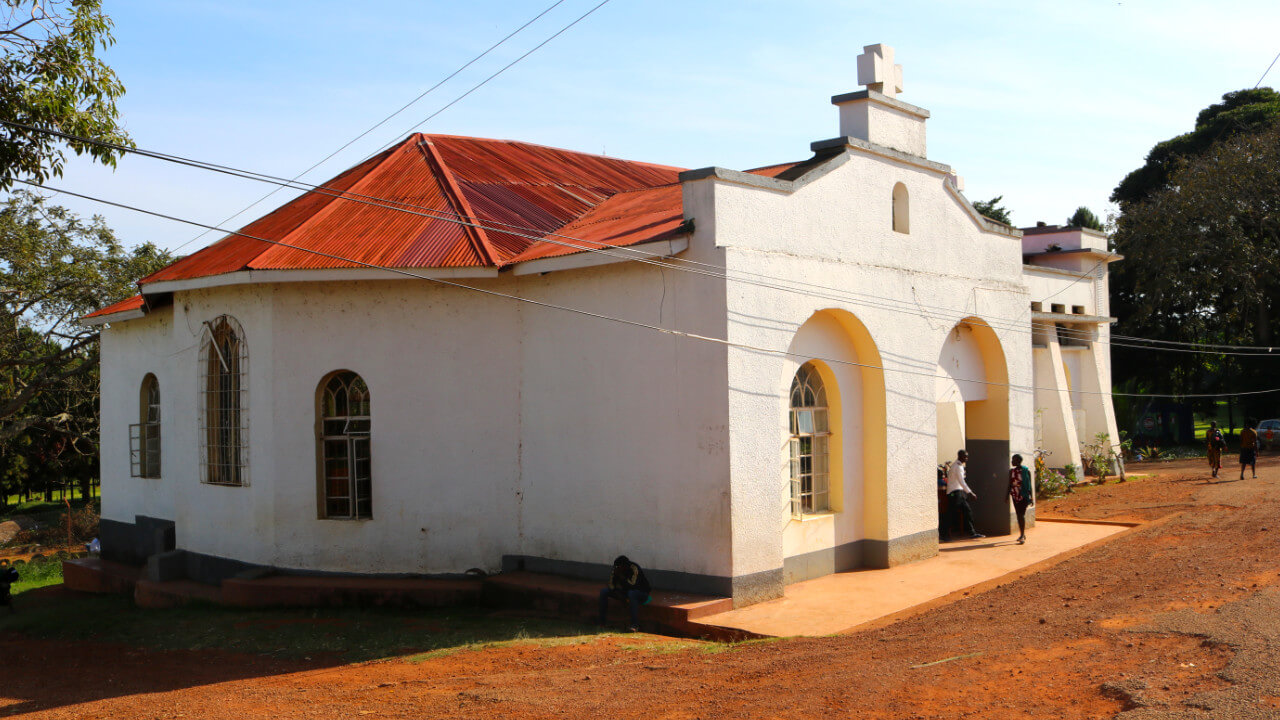
It is extremely important for the Baganda to show their disapproval of their relative’s suicide. As a result, crying in public is unthinkable since the deceased offended their whole community by committing suicide. After all for the Baganda, suicide is an horrific action since it brings spiritual danger upon the community (“kikonko”). Kikonko specifically refers to the potential haunting and misfortune that a suicide may cast upon a family or village.
To understand the severity of kikonko, it is helpful to look at how normal deaths and funerals take place. For example, most Baganda would see a death as a moment for the whole community to mourn. Many days of grieving are very common, while death itself has a specific meaning: It is a pathway for the soul of the deceased to turn into an ancestral spirit. The purpose of this transformation is that the spirit will be a source of prosperity and fortune both for the close family and the whole village.
Unlike this though, a person committing suicide can never transform into a guardian spirit. As a result, the Baganda need to take action on three fronts. Firstly, they have to minimize the haunting of the vengeful deceased. At the same time, they have to protect the direct relatives of the deceased both from spiritual attacks as well as social exclusion. Finally, they had to find smart ways of allowing the relatives to express grief in alternative ways without offending the Kiganda. We discuss next how all these elements coexist in death practices of the Baganda.
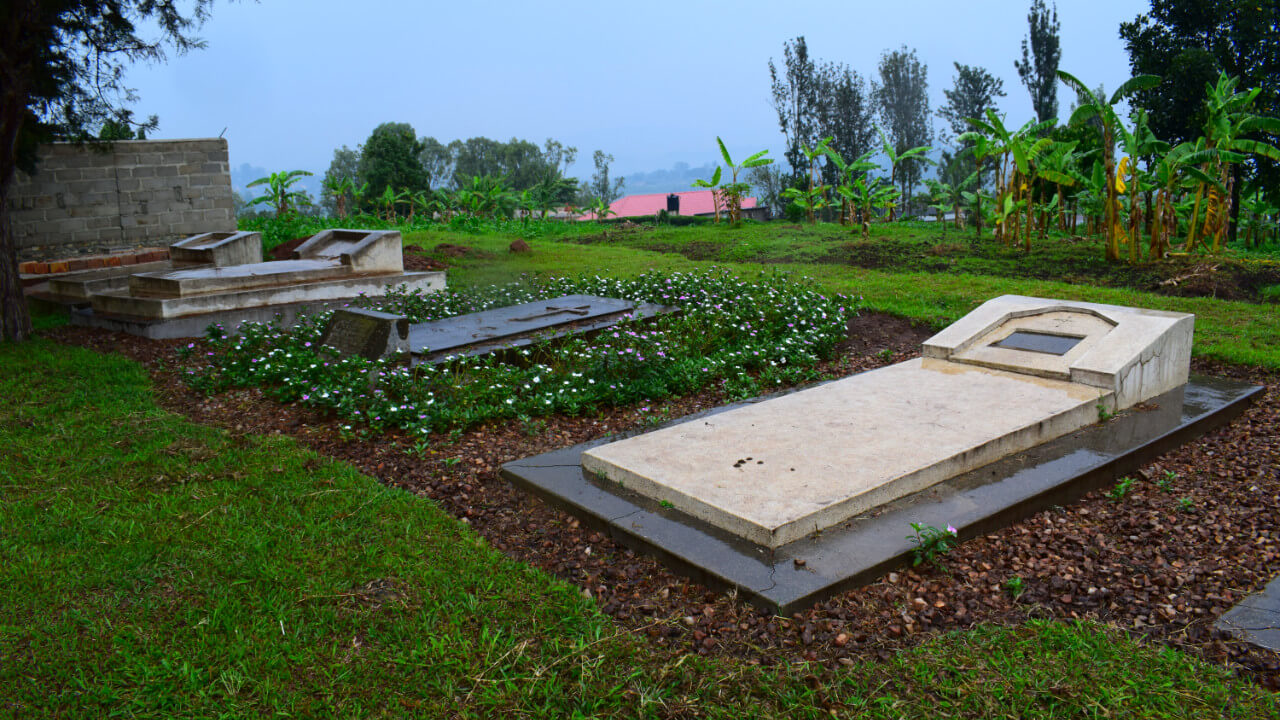
The first death practice we discuss is the use of songs and proverbs. These sayings aim at reducing the importance of the deceased within their community. This way the dead are not worthy of grieving. At the same time, though, many of these songs have a hidden therapeutic dimension. For instance, ritualistic singing takes place almost always with members of the community. This sense of intimacy and closeness with others acts as a subtle way of grieving without explicitly doing so.
The comfort that these sayings and singing, are not their only benefit though. In addition to that, the Baganda believe that such acts summon the protection of guardian spirits against the vengeful deceased. As a result the whole community feels safer since they are being proactive against the potential kikonko.
Another way that the Baganda use in order to devalue the importance of the deceased is the time and place of burial. For usual funerals, the burial can take place a long time after death. Additionally, Baganda bury their dead close to their community, even next to their houses sometimes. That is not the case, however, for people who commit suicide.
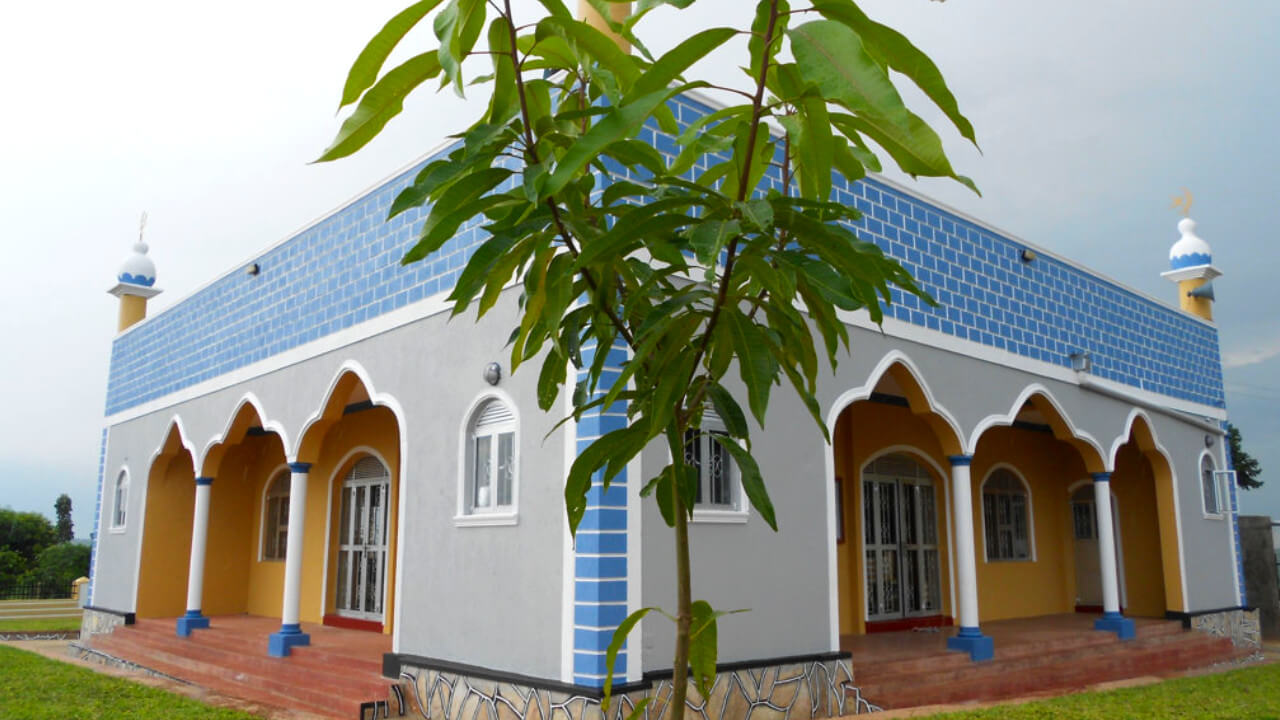
Firstly, the deceased in this case is buried almost immediately after death. Due to that, close family members will be able to better hide their grief since the funeral takes place soon after. The Baganda believe that giving more time to the family could potentially give them more opportunities to get emotional and start grieving. This would further endanger the community and as a result a quick burial is preferred.
Secondly, the Baganda do not bury people who committed suicide close to their communities. They believe that the deceased must have been particularly angry to act against themselves. Therefore, they are afraid that this anger is going to contaminate other good spirits as well. Therefore, the Baganda opt for a forest burial. The angry deceased will still try to spiritually contaminate the site of burial but the trees and animals will contain the haunting. Such a spirit remains there, lingering among the trees – unable to harm people.
In case the Baganda have reason to believe that someone has been contaminated spiritually, they perform herbal cleansing. In order to cleanse someone – often children – the Baganda used olweza. This herb is a source of good luck and has positive effects on people. Considering that suicides are synonymous to misfortune, herbal cleansing functions as a protective shield against that. The Baganda use it especially on the children of the deceased since they are the most likely to be contaminated by the death.
Additionally, a subtle result of such herbal cleansing includes also avoiding stigma among one’s community. Moreover, it functions as a way for the family of the deceased to feel that they are actively doing something regarding their relatives death. This is particularly important if we keep in mind that grieving is not culturally accepted for suicides.
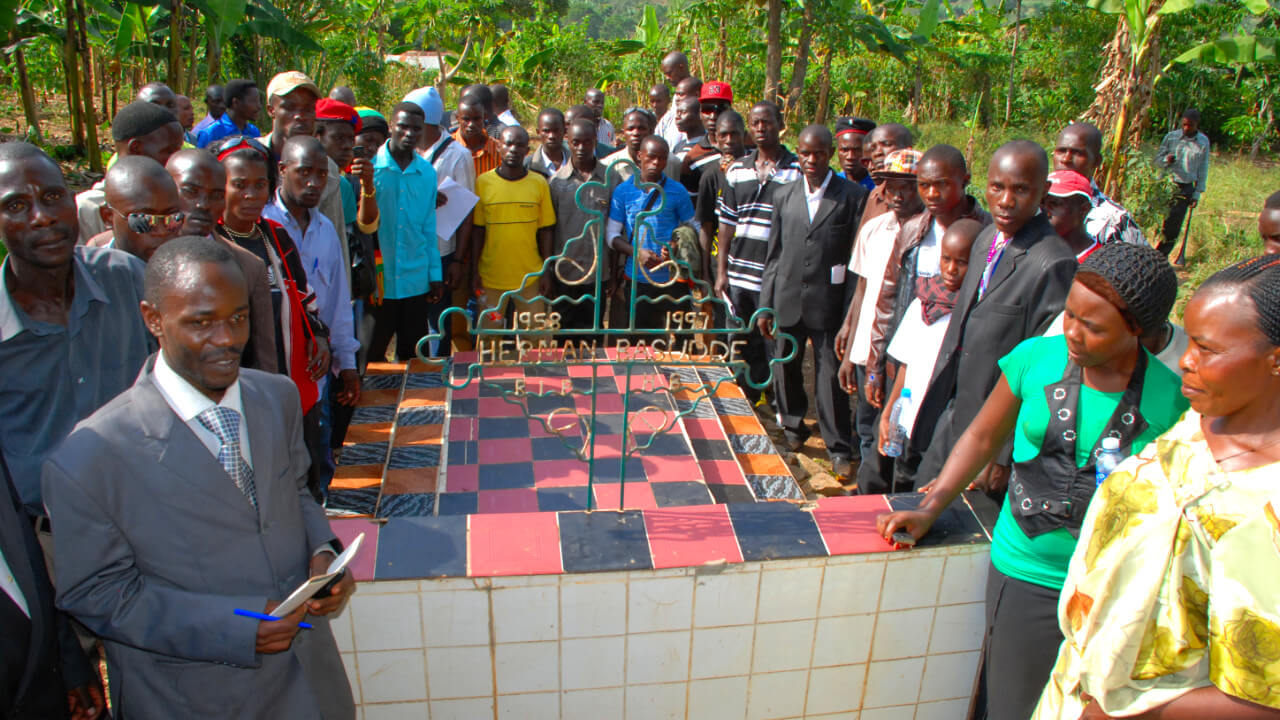
Herbal cleansing is hardly the only death practice of the Baganda, though. Making sure that close relatives take distance from the suicide – and the person who committed it – is crucial. A great example of that distancing is the practice of renaming the children of the deceased. This way the offspring of a person who committed suicide, has the opportunity to cut ties with the dead. With a new name, the children are able to avoid dangerous hauntings since the vengeful spirit has difficulty finding them.
In social contexts, renaming is significant too because it reduces social stigma for the children. Since the Baganda go to great lengths to protect their communities, they would start to socially exclude individuals that could bring the wrath of the deceased on them. Renaming offers, therefore, protection for the community and more chances of support for the children themselves.
Another additional example of distancing is to literally move away from the community. Due to the danger of spirit and the social stigma, families have to sometimes move to a different village after a suicide. This usually has to be a distant community and not a village closely. The Baganda believe that the angered spirit does try to pursue their relatives. However once it reaches a crossroads, the spirit does not know where to go. As a result, it cannot further follow the family and permanently stays at the crossroads.
By moving out, both close relatives as well as the rest of the community end up feeling safer. Finally, on a more practical note, it allows for the family to have a fresh start in a new location, away from the pain of the past. If any family member stays behind, they usually do not choose to inherit the house. Instead, it is strangers that buy the empty house, since their presence does not really provoke the spirit.
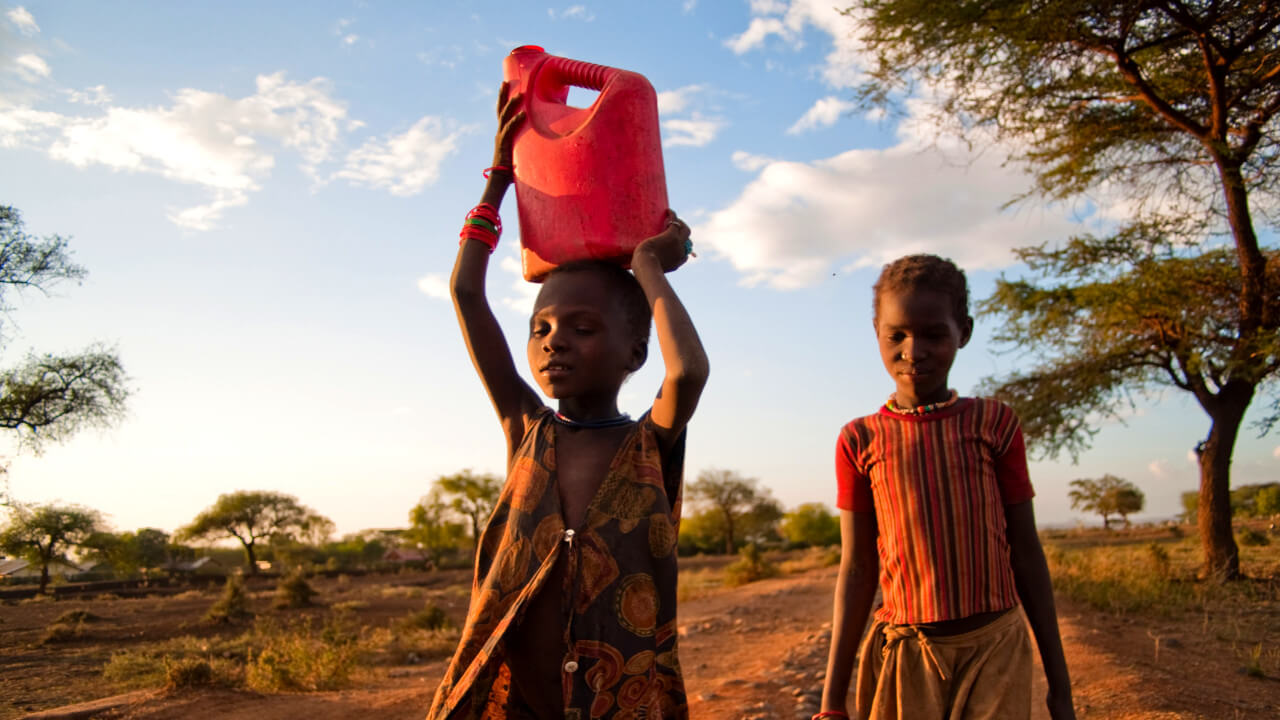
The most extreme version of the tradition above, is not to just move out but actually destroy the house of the family. Moreover, this includes all the property in the house as well. According to this custom, if the property is not destroyed, it might become a source of suicides and misfortune. The Baganda have even designated a mujiwa, a person specifically responsible for destroying the property. The family pays the mujiwa with a rooster or a goat – acknowledging the importance of the mujiwa’s task.
Homelessness is preferred to living in a spiritually contaminated house. If this takes place successfully, the whole community experiences feelings of security. The family also feels socially ‘rebirthed’ and spiritually cleansed. As a result, another family might take them in.
Most of the death practices above focus or at least include precautions for the family of the deceased. However, the next death practice serves as a warning to everyone close to the location. In order to prevent people from spending time at the site of a suicide, the Baganda plant a Luwanyi plant nearby. Considering that most victims of suicides often do not receive proper burial rites, Luwanyi plants function as a warning to any passersby.
These plants are markers of death in a spiritual way too. The Baganda believe that spiritual infections can spread also through food. As a result, by planting Luwanyi the Baganda make sure that no one will use the soil close to a suicide site to plant anything else.
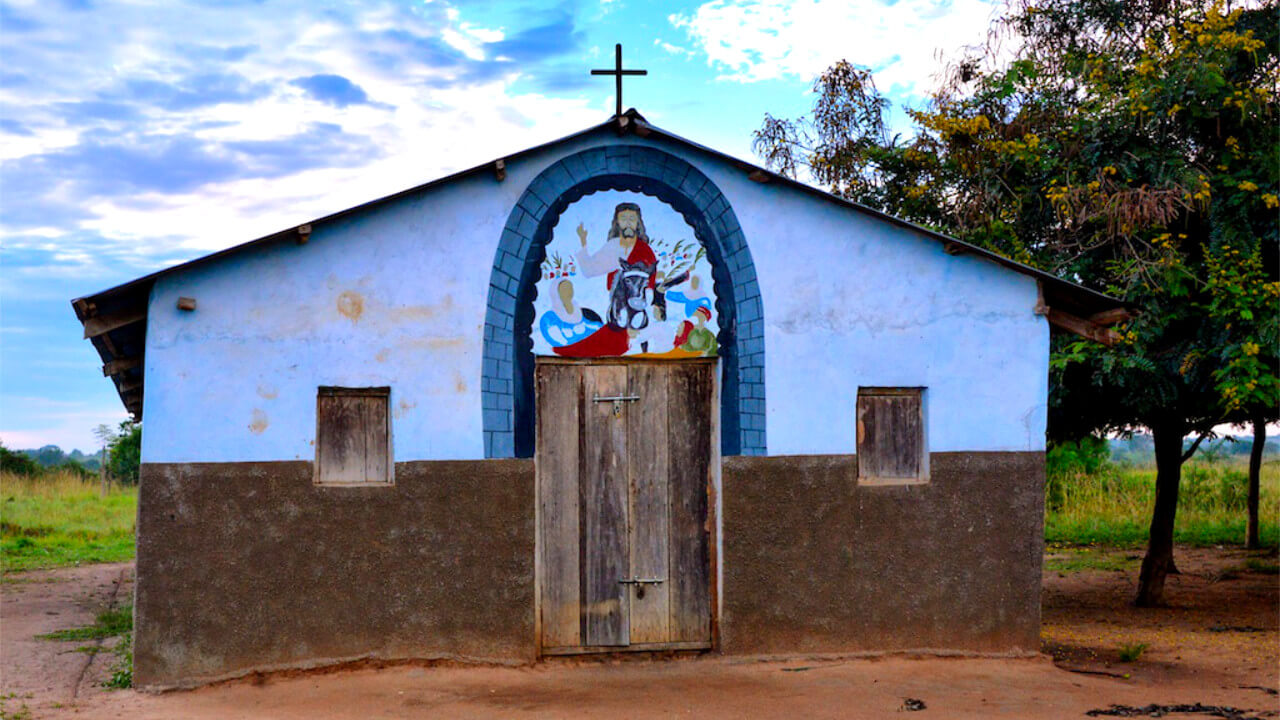
The Baganda follow a patrilineal system of lineage, meaning that children are linked to their father. As a result, all the aforementioned practices often never occur if a woman commits suicide. Since the children are mostly linked to their fathers, the spirit of the mother has almost no ability to haunt them.
Furthermore, if a husband commits suicide, his widow may not marry again due to high risk of spiritual contamination. The widow can only marry again if a long series of cleansing rituals takes place. Traditional cleansing does not have to take place for widowers, however. Certain Baganda communities believe that a woman’s spirit is not going to be vengeful enough to pose a threat them. In other words, female suicides seem to have fewer consequences for the living relatives.
Another different death practice of the Baganda is related to the death of twins. They specifically adapt certain naming customs in case they both died. Moreover, there is no dancing or drumming, which normally would be present at a Baganda funeral. Customs focusing on twin funerals exist in other Ugandan peoples and ethnic groups too.
The Basoga people live in the Busoga Kingdom located in Uganda, just north of Lake Victoria. Bugosa traditions see twins as having special spirits. As a result, the Bagosa are burying twins at night. Additionally, the family takes care to not move the body through the door. Instead, they dig a hole from the house out. If only one of the twins die, parents should not mourn since Bugosa traditions say that they just flew away. If they do express grief, there is a chance that the other twin will die too.
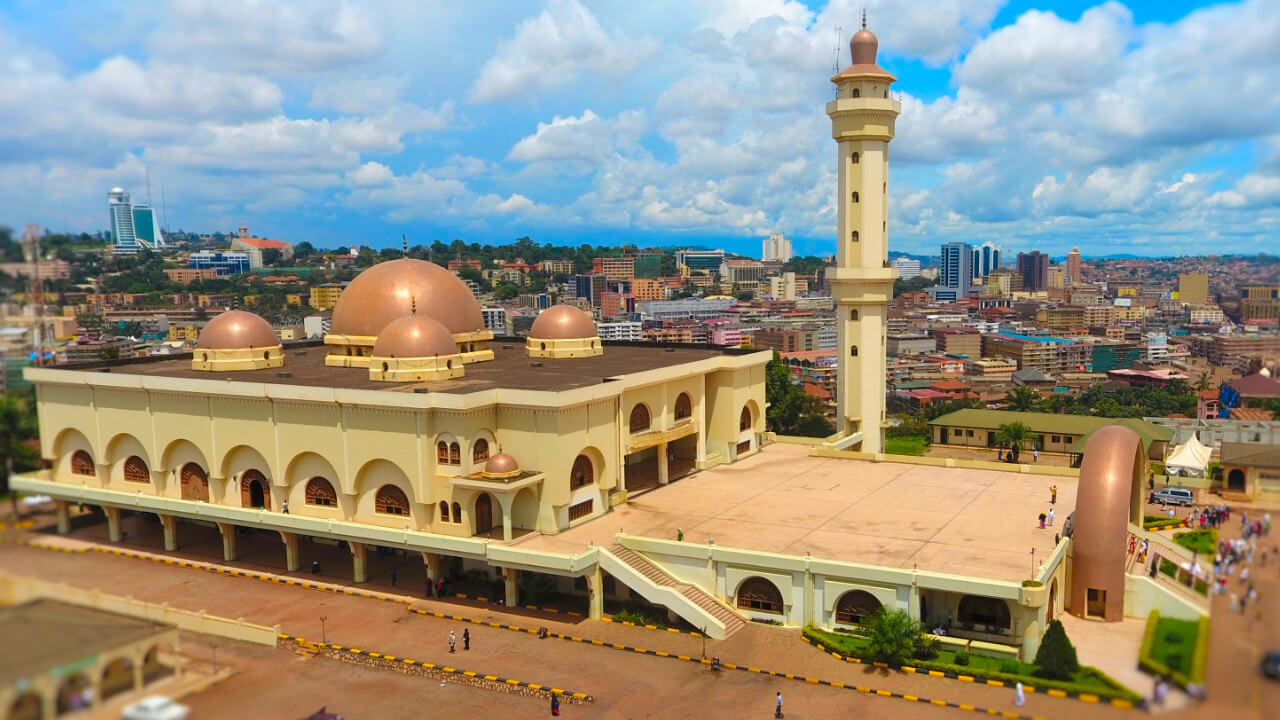
Finally, the Iteso (or Teso) people are a Nilotic group that lives in Eastern Uganda and Western Kenya. According to Iteso customs, upon the death of twin infants, they seal the bodies in pots. In order to do so, the Iteso used swamp mud and then left close to a swamp. It is worth pointing out that the Iteso never actually buried these pots, because they believed that the mother will never be able to give birth again.
We hope you learned something new regarding this country’s death practices!
If you want know more about suicide-related customs, feel free to check out our Greenland or Japan articles! Other articles about neighboring countries’ death practices include South Sudan.
The average mixed death rate of Uganda is 6,381 per 1.000 people (2019).
The time of burial depends on the deceased ethnic background, religious practices, and sometimes their gender and the way they died. For instance, many tribes would wait even whole months until they have the funds necessary to throw a respectful funeral to the deceased – depending on their status. As we discussed above, if someone committed suicide though, funerals tend to be rushed and as soon as possible after death.
Although Uganda is religiously diverse, the most dominant religion is by far Christianity. But even then, multiple schools and forms of Christianity are present including Catholicism, Protestantism and Pentecostalism. Additionally, all these different Christian denominations make up for around 85% of the population (2014). The largest minority religion is Islam with 14%, while other minority religions include Judaism and Hinduism.
Furthermore, around 1% of Ugandans practice traditional animistic customs. However, this is not necessarily accurate since many combine these traditional beliefs with other faiths. For instance, around 27% of the population believes that ancestral veneration and animal sacrifices may have beneficial effects.
In June 2020 passed a bill regarding organ and tissue donation in Uganda. Although donation and transplantation takes place, this new legal framework aims to establish a national transplantation system. This way illegal organ trafficking will be reduced and the government will be able to better regulate donations.